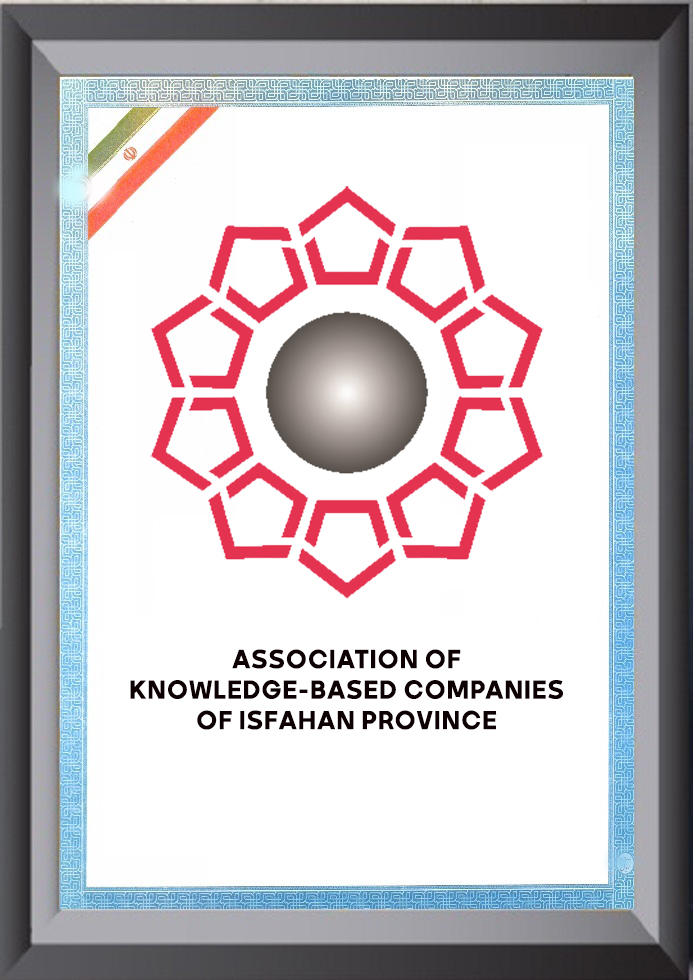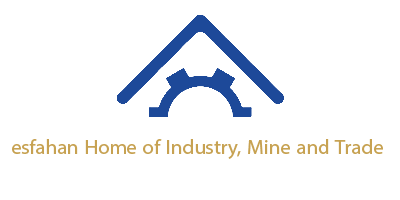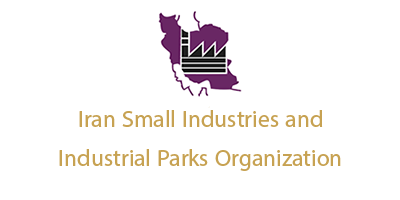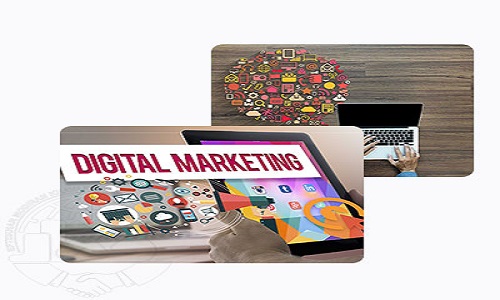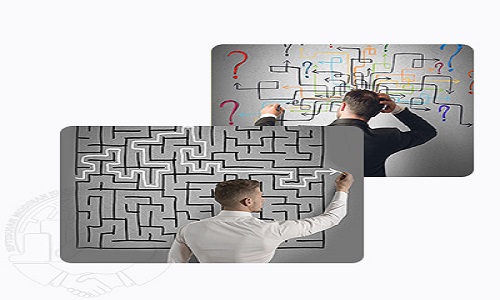In today’s modern and digital world, technology and information technology are rapidly changing and developing. To maintain competitiveness and increase efficiency, organizations need to identify and manage their technological needs. In the following, we will examine the process of identifying technological needs in organizations.
1- Analysis of mission and organizational goals: Identifying the technological needs in the organization begins with the analysis of the mission and organizational goals. The organization must understand how technology can help achieve its goals and missions. This analysis helps determine technology requirements to achieve strategic goals.
2- Identification of operational needs: Next, the organization must identify its operational technological needs. It includes the processes, systems, software, and other tools needed to perform the day-to-day tasks of the organization.
3- Determination of priorities: after identifying the needs, the organization must prioritize and determine which needs should be considered in the first step. This determination of priorities should be consistent with the organization’s strategies and financial resources.
4- Research and market review: To identify new technologies and up-to-date solutions, the organization must review the technology market. This includes studying competitors, researching access to emerging technologies, and communicating with technology manufacturers.
5- Determining financial and human resources: the organization must allocate financial and human resources to meet its technological needs. This includes allocating funds, hiring skilled labor, and training employees in new technology.
6-Implementation and evaluation: after identifying the needs, the organization should implement the technology and evaluate the results. This includes selecting and implementing technical solutions, monitoring performance, and correcting weaknesses.
7-Maintenance and updating: Technologies change rapidly, so maintaining and updating requirements is also very important. The organization must establish appropriate policies and processes to update technologies and adapt to new changes.
In general, identifying technological needs in organizations is a complex and ongoing process that requires interaction between managers, technologists, and human resources. This process can help organizations to successfully change and progress in the digital world and ensure their competitiveness.
The effectiveness of identifying technological needs:
- Determining the capabilities of the organization: One of the factors of success in organizations is awareness and recognition of the level of technological capabilities and its correct use.
- Sustainable competitive advantage: Knowing the technologies and using them correctly is a move towards creating sustainable competitive advantages
- Update existing technologies: At TRL, we are fully aware of our technology position and step towards the latest technologies.
Steps to identify technological needs:
- Scientific observations of basic principles
Includes search-based studies - The formulation of the concept of technology
Analytical and objective studies - Experimental proof of the concept of research and development
Laboratory studies and measurements - Technology verification and laboratory sample preparation
- Laboratory sample verification with technology reliability
Validation of semi-integrated model in a simulated environment - Prototyping technology in a small real environment
- Prototype model display in operational environment
Limited user use - Development and technology in the prototype
Use by end users - Proof of prototype realized in operational environment
Use by end users




